Growing herbs and vegetables in your terrace garden can be a delightful and rewarding experience.
To make the most of your gardening efforts, it’s important to know the right time and method to harvest your plants.
This guide will help you understand when and how to harvest various herbs and vegetables, ensuring you get the best flavor and nutrition from your garden.
Harvesting Herbs in Your Terrace Garden
Basil
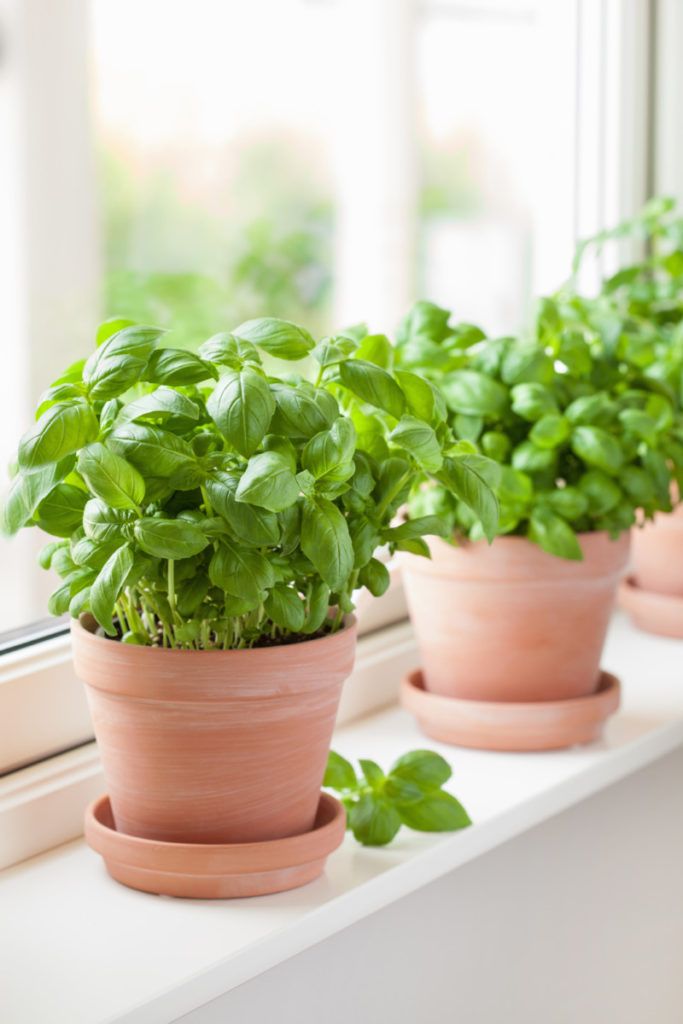
Basil is a popular herb that thrives in warm weather. It needs regular pruning to stay healthy and bushy. Here’s how to harvest basil:
- When to Harvest: Basil can be harvested once the plant reaches about 6-8 inches tall. This usually takes around 3-4 weeks after planting.
- How to Harvest: Use your fingers to pinch off the top leaves. Always leave a few sets of leaves on the plant to encourage continuous growth. Avoid harvesting more than a third of the plant at a time.
Cilantro
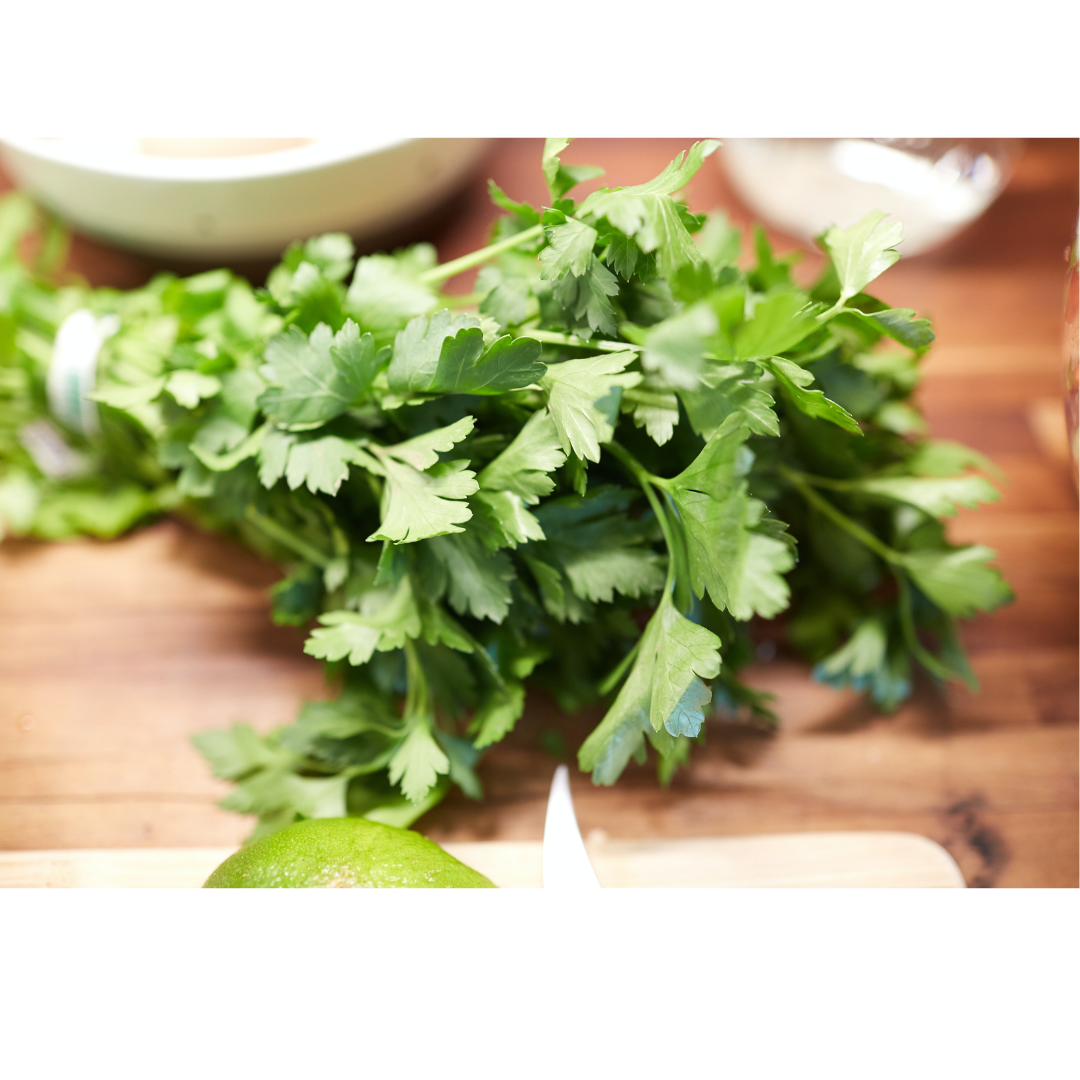
Cilantro overgrows and is best harvested early for the best flavor. Here’s what you need to know:
- When to Harvest: Cilantro is ready to harvest about 3-4 weeks after planting, when the leaves are young and tender.
- How to Harvest: Cut the stems close to the ground. Regular harvesting encourages new growth and prevents the plant from bolting (going to seed).
Mint
Mint is a hardy herb that thrives. Here’s how to keep it under control:
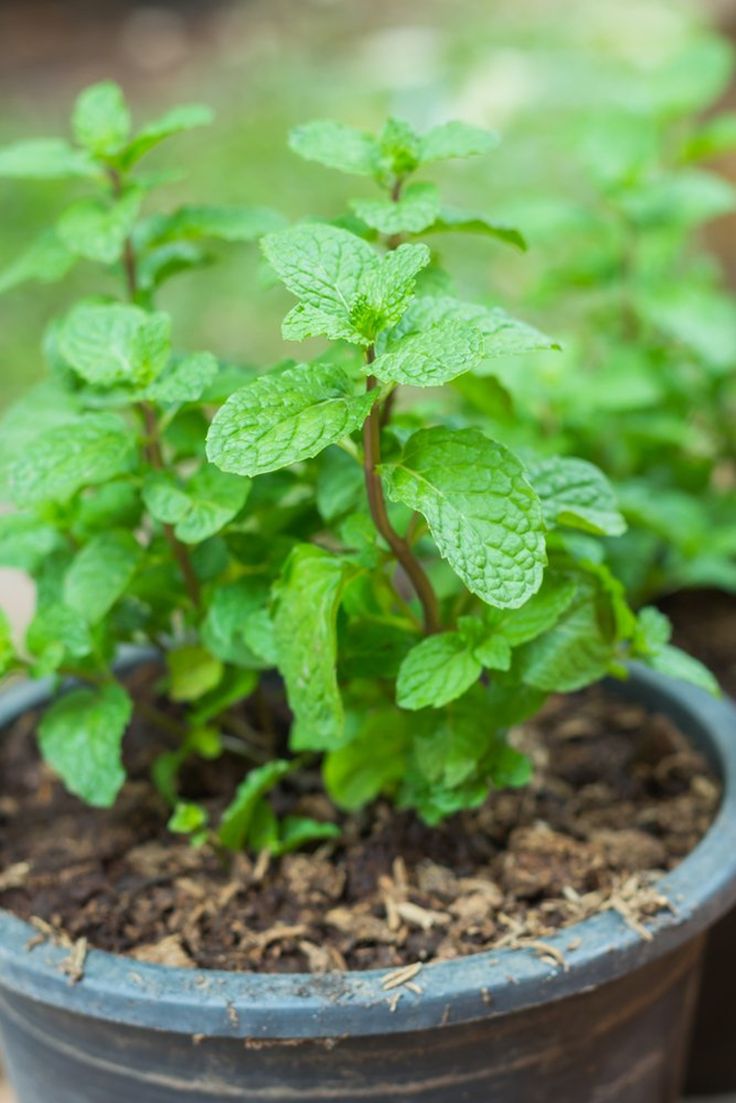
- When to Harvest: Mint can be harvested when the plant is 4-6 inches tall. This usually happens about 6 weeks after planting.
- How to Harvest: Snip off the leaves and stems as needed. Regular harvesting prevents the plant from becoming too leggy and promotes bushier growth.
Harvesting Vegetables in Your Terrace Garden
Tomatoes
Tomatoes are a favorite in many gardens. Knowing when to pick them ensures you get the best taste:

- When to Harvest: Tomatoes are ready when they are fully colored and slightly soft to the touch. This varies depending on the variety but generally takes about 70-85 days after planting.
- How to Harvest: Gently twist and pull the tomatoes from the vine. For cherry tomatoes, pick them when they are bright and firm.
Bell Peppers
Bell peppers can be harvested at different stages, but they are sweetest when fully ripe. Here’s how to do it:

- When to Harvest: Bell peppers can be picked when they are green, but they are sweeter when they turn red, yellow, or orange. This usually takes about 60-90 days after planting.
- How to Harvest: Use a sharp knife or scissors to cut the peppers from the plant. Be careful not to damage the stems.
Lettuce
Lettuce is a versatile vegetable that can be harvested in various ways. Here’s how to get the most out of your lettuce plants:
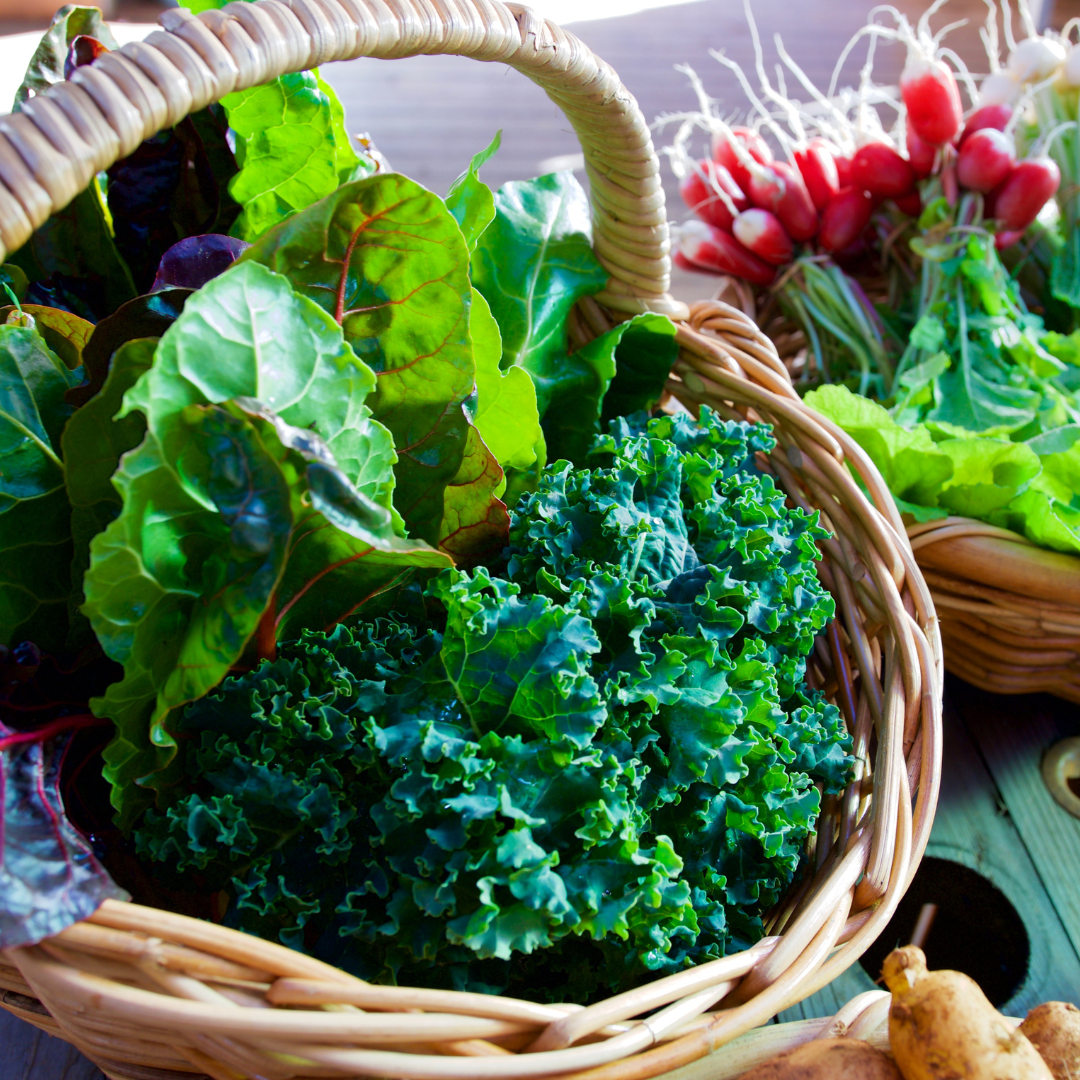
- When to Harvest: Lettuce is ready to harvest when the leaves are large enough to eat. This usually takes about 30-45 days after planting.
- How to Harvest: You can pick the outer leaves as needed or cut the whole head. For continuous harvests, leave the inner leaves to grow.
Carrots
Carrots are root vegetables that require a bit of patience. Here’s what you need to know:
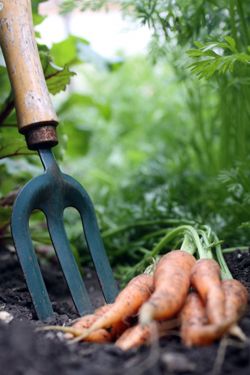
- When to Harvest: Carrots are typically ready to harvest about 70-80 days after planting. They should be about 1-2 inches in diameter.
- How to Harvest: Gently pull the carrots from the soil. Smaller carrots are often sweeter and more tender, so don’t wait too long to harvest.
Tips for Successful Harvesting
To ensure a successful and bountiful harvest, follow these tips:
- Morning Harvest: The best time to harvest your herbs and vegetables is in the morning. Plants are more hydrated and have the best flavor and texture early in the day.
- Regular Inspection: Check your plants regularly for signs of maturity. This helps you catch the perfect time for harvesting.
- Proper Tools: Use clean, sharp tools to make clean cuts. This prevents damage to the plants and reduces the risk of disease.
- Storage: Store your harvested produce in a cool, dry place. This helps maintain freshness and extends the shelf life of your herbs and vegetables.
Enjoying Your Harvest
Once you’ve harvested your herbs and vegetables, the possibilities are endless. Freshly picked produce can be used in a variety of dishes, from salads and soups to main courses and desserts.
The flavors of home-grown herbs and vegetables are unmatched by store-bought produce.
- Preservation: Preserve your excess harvest by drying herbs, canning vegetables, or freezing produce. This ensures you can enjoy your garden’s bounty even in the off-season.
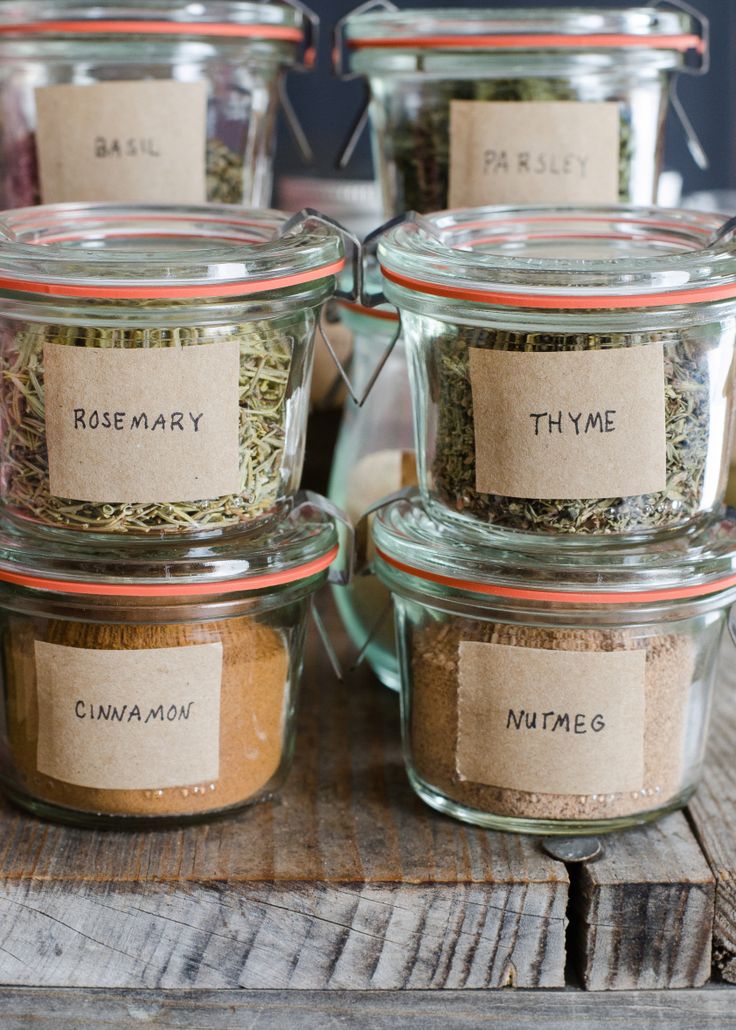
- Sharing: Share your harvest with friends and family. There’s nothing quite like gifting a basket of fresh, home-grown produce to loved ones.
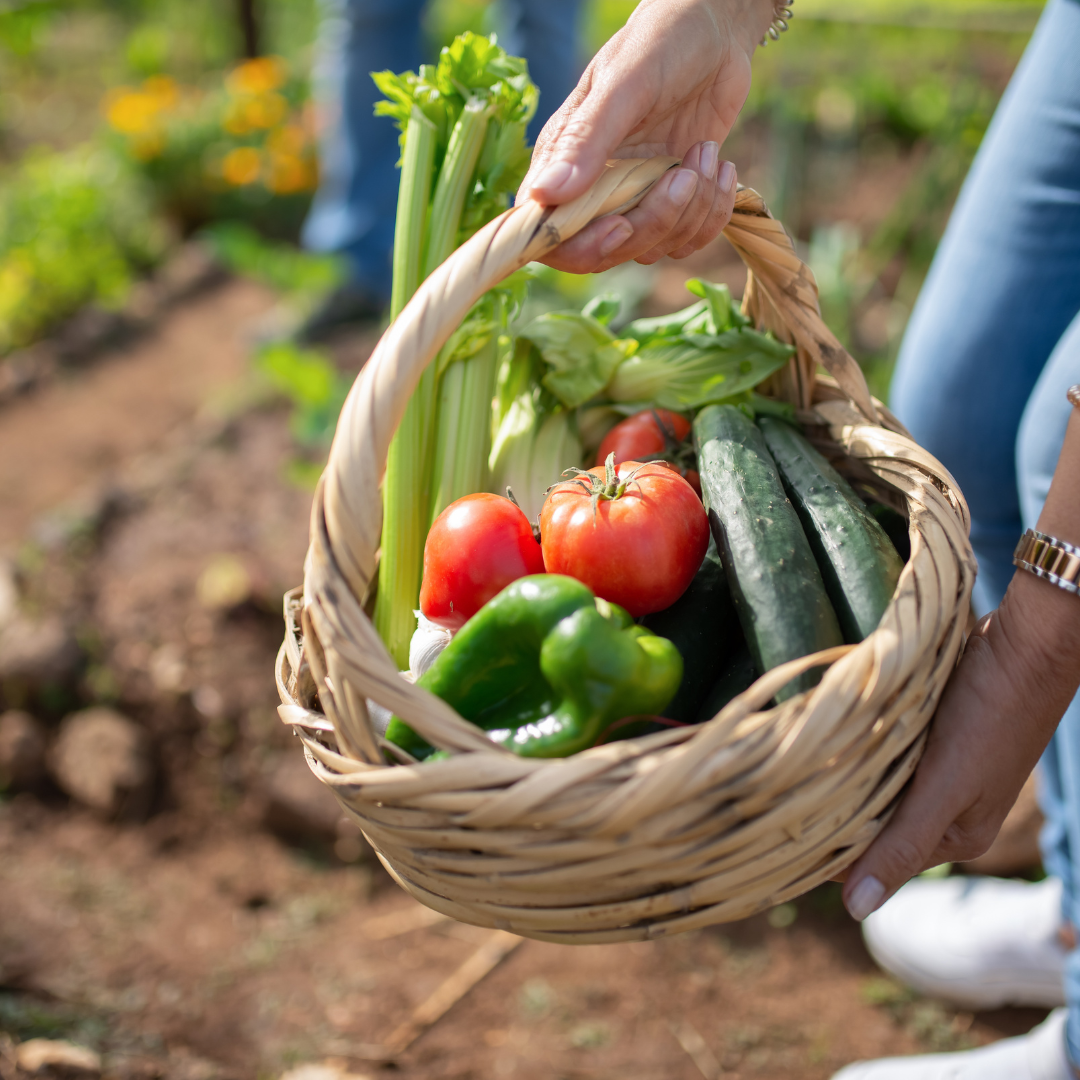
Gardening on your terrace is not only a great way to grow your own food but also a wonderful way to connect with nature and enjoy the benefits of fresh, healthy produce.
By knowing when and how to harvest your herbs and vegetables, you ensure a bountiful and delicious yield. Enjoy the fruits of your labor and the joy of fresh, home-grown produce!

Pingback: Vertical Gardening with Edible Plants: Grow Your Own Food!
Pingback: The Health Benefits of Growing Your Vertical Garden!